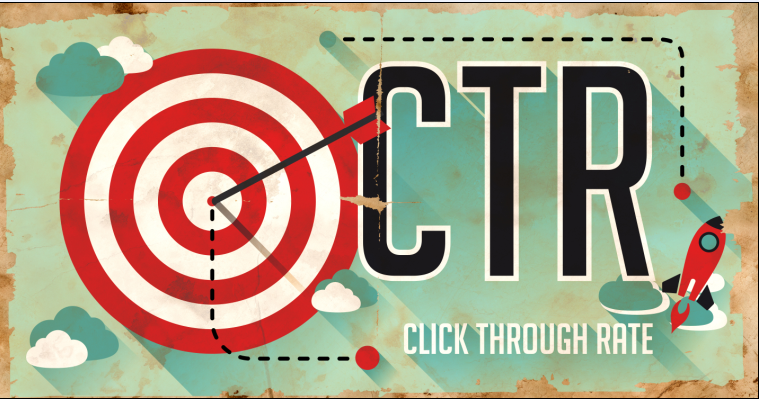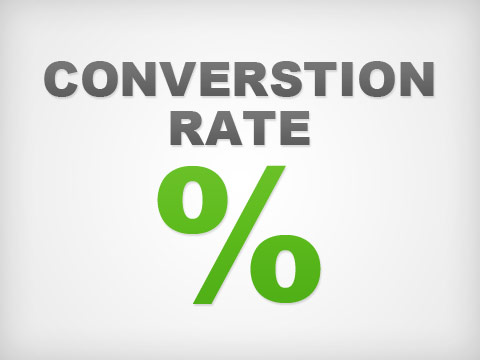Running an email marketing campaign requires a marketer to assess many metrics in order to evaluate the success of this campaign. Among these metrics, some do not need to be tracked closely, but others are extremely essentials to come up with.
 In this section, we will walk through what the most imperative measurements that you have to comprehend to focus your email achievement and optimize your newsletter program.
In this section, we will walk through what the most imperative measurements that you have to comprehend to focus your email achievement and optimize your newsletter program.
1. Size List
The principal metric that you’ll have to keep in mind in order to completely comprehend your promoting email or newsletter campaign is the beginning stage – your email size list.
You need to know who are in your email marketing list, because they are your target audiences and the success of your email campaign is based on them.
 The number of emails in your list somehow affect directly to the success of your email marketing campaign.
The number of emails in your list somehow affect directly to the success of your email marketing campaign.
For example, if you send an email to 500 people, you can focus on their name, interest and provide them useful information that they need, most of them can be passionate about or committed to your brand, so you can expect a higher open rate, higher conversion rate and a lower bounce rate.
However, when your list grows, all the metrics can be lower than you expected since some of the emails are not your committed brand advocates. At that point you need to look at your list size and think about what type of users are likely to be on your list to determine the success or the failure of any email marketing campaign.
2. Delivered rate
The second metric that you will have to comprehend is called “email deliverability” or “delivered rate”. This is the quantity of messages that you sent to the recipients. It is not the number of emails landed in the inbox, deliverability rate may also include messages that ended up in spam or junk folders.
If you have a low deliverability rate, this may imply that you are not appropriately slip checking email addresses at the time that individuals submit their email addresses. It could be a deception tactic of competitors that they register man emails on your site, but most of the emails are in error.
In any case, if your deliverability is low, you need to check your email list to remove error emails, because this metric can affect adversely to all other important metrics of email marketing.
3. Open Rate
 Email open rate is one of the absolute most imperative email achievement measurements that you will need to screen to upgrade your email campaign. Basically, open rate is the number of individuals who got your email and after that opened it. To calculate open rate, divide the number of messages opened by the number of messages delivered:
Email open rate is one of the absolute most imperative email achievement measurements that you will need to screen to upgrade your email campaign. Basically, open rate is the number of individuals who got your email and after that opened it. To calculate open rate, divide the number of messages opened by the number of messages delivered:
Open Rate = Number of messages opened / Number of messages delivered
The open rate measures recipients’ interest in the From and Subject lines of your email. These two fields have only one occupation persuade recipients to open your email. After that, the content, design and any pictures in the email can take over.
You can use this metric to assess your content that whether it’s attractive or not, especially your email headline. At that point you can make some changes in your email content to increase open rates.
4. Click Through Rate
Click through rate (CTR) is likely the first answer you’ll get when you ask an email advertiser what measurements they track. Click-Through Rate (CTR) is the number of click-throughs divided by the number of messages delivered.
Click-Through Rate (CTR) = Number of click-throughs / Number of messages delivered
 It gives you a chance to effortlessly ascertain execution for each individual email you send. From that point, you can track how your CTR changes over time.
It gives you a chance to effortlessly ascertain execution for each individual email you send. From that point, you can track how your CTR changes over time.
CTR is additionally regularly utilized for deciding the aftereffects of A/B tests, as these tests are frequently outlined with the aim of discovering better approaches to get more clicks in your emails.
Click through rate is an imperative metric for all email advertisers to be tracked, as it gives you coordinate knowledge into what number of individuals on your list are connecting with your content and keen on adapting all the more about your brand or your offer.
5. Conversion Rate
 Conversion rate is the metric that frequently matters the most to determine email achievement. This is the metric that decides what number of the people that you messaged made an income transaction or signed-up at your site.
Conversion rate is the metric that frequently matters the most to determine email achievement. This is the metric that decides what number of the people that you messaged made an income transaction or signed-up at your site.
Conversion Rate = Number of actions taken / Number of messages delivered
The conversion rate is the most ideal approach to measure the effectiveness of an email campaign.This rate gives you more understanding in case you’re attempting to enhance your website landing page where individuals really take an action.
6. Bounce Rate
Bounce rate measures the rate of your total email sent that couldn’t be conveyed to the recipient’s inbox. There are two sorts of bounces to track: “hard” bounce and “soft” bounce.
 Hard bounces are the consequence of an invalid, closed, or non-existent email location, and these messages will never be effectively delivered.
Hard bounces are the consequence of an invalid, closed, or non-existent email location, and these messages will never be effectively delivered.
You ought to promptly remove hard bounce addresses from your email list, in light of the fact that web access suppliers (ISPs) utilize bounce rates as one of the key factors to determine an email sender’s reputation. Having an excess of hard bounce can make your company resemble a spammer according to an ISP.
Soft bounces are the result of a temporary problem with a valid email address, such as a full inbox or a problem with the recipient’s server.The recipient’s server may hold these messages for conveyance once the issue clears up, or you may attempt re-sending your email message to soft bounces.
7. List Growth Rate
Apart from the call-to-action metrics (CTR, Conversion Rates), you’ll likewise need to be watching your list growth and loss. Obviously, you ought to be expected to grow your list to broaden your scope, extend your crowd, and position yourself as an industry thought pioneer.
8. Unsubscribe Rate
 Another metric you need to track is the unsubscribe rate, or the number of unsubscribes divided by the number of messages delivered:
Another metric you need to track is the unsubscribe rate, or the number of unsubscribes divided by the number of messages delivered:
Unsubscribe Rate = unsubscribes/ Number of messages delivered
Unsubscribe rate to gauge how well you hold your subscribers’ interestover the long run. If your content is not valuable to your audiences, or you send too many emails a day/a week, they will leave your email list by clicking unsubscribe.
9. Overall ROI
Finally, every marketing campaign has its own goal. The common final goal here is the return on investment (ROI). Your ROI can be online sales, leads, or sign up of your recipients. You definitely measure this metric because it reflects clearly how successful your email marketing campaign is.
In conclusion
Be smart about which measurements you’re following. As long as you’re able to determine each of those, you’re on the right track for more effective email marketing.




